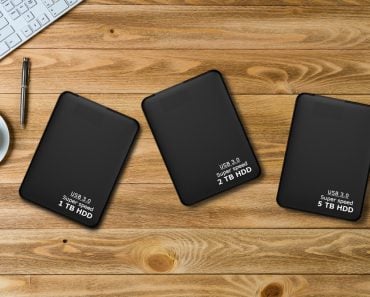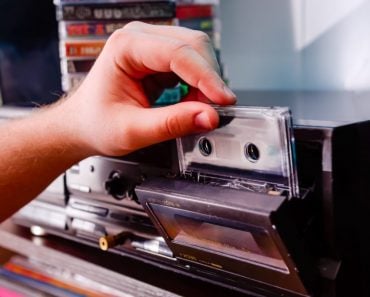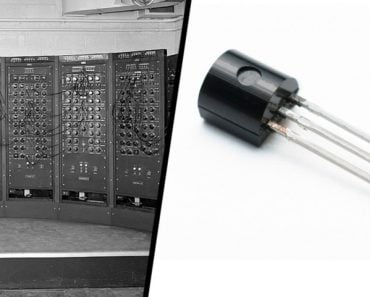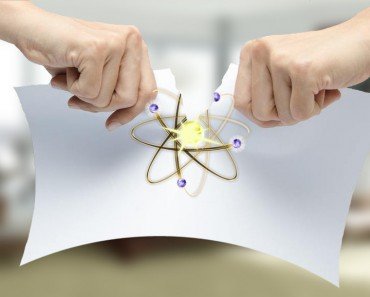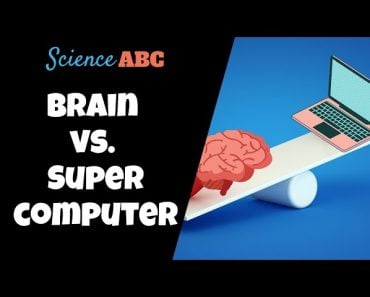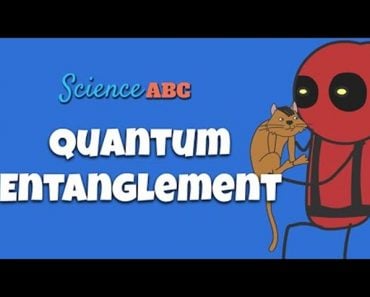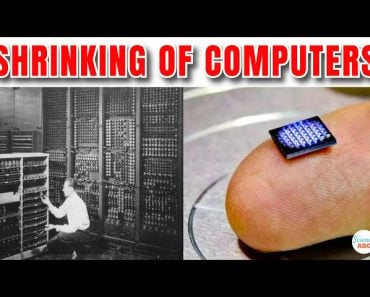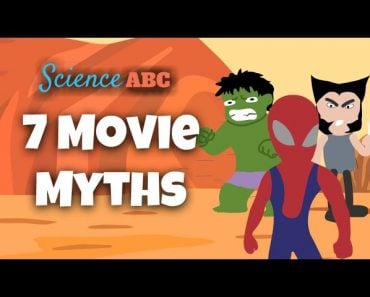Table of Contents (click to expand)
In the current paradigm of technology, storing movies requires trillions of atoms. On paper, it would take trillions upon trillions, but in the future, hopefully only billions!
Most of us take for granted that movies show up on our computer screens at the press of a few buttons, and we can store these as videos on our devices. However, the information to show Tom Cruise or Naruto doing defying reality needs to be stored somewhere through a physical change. This information of Tom Cruise running behind an airplane needs to then be shown on the screen by manipulating the colored dots on the screen, called pixels.
If we were storing it on paper, we would have to color the paper to denote a change from empty space. In a computer hard drive, the change in the direction of small magnetic nails is what stores information. This raises the question, how many magnetic nails do we change? How many atoms do we physically change to store an entire movie?
Recommended Video for you:
Can We Store A Movie On Paper?
Let’s say that we’re storing one of Tom Cruise’s films on paper. Every second, about 30 sheets of photographic A4 size paper would have to be moved in front of our eyes to create the illusion of motion. In fact, this was how movies were stored and viewed in the early days of cinema.

A single sheet of A4 sheet paper is about 5 grams and has approximately 1023 atoms; that is 1 followed by 23 zeroes, or close to a hundred billion trillion atoms.
To run a 2-hour movie, we would require about one ton of paper containing about a hundred trillion trillion atoms.
A ton of paper to hold one movie is anything but convenient. If the quantity of one hundred trillion trillion atoms doesn’t make sense, it’s because that number is extremely large, and we don’t have much intuition (or relativity) for such large numbers. It is represented by 1 followed by 28 zeroes.
This makes storing dense amounts of information on paper and moving them extremely difficult. Basically, there would be no Netflix for your weekends!

Modern technologies for storing movies like hard disk drives can bring that number down significantly. We can not only store, but also transfer movies with ease, but how can something that takes up a ton of paper be stored and moved as if it weighed nothing at all?
Why Don’t We Color Hard Disk Drives Or Laptop Screens?
The information to show a certain color at a certain position on a screen is stored as a combination of three colors—red, blue and green—in the storage. The storage system will use a system of 0s and 1s to store each of these colors, their brightness, and the position in which they are to be shown. When we want to watch a movie, this information is accessed by the software and the 0s and 1s are shown as colored dots on our screen, which make up coherent images.
Red may be represented by 1111 1111 0000 0000 0000 0000, while green has the ones in the middle 0000 0000 1111 1111 0000 0000, and blue has them at the end 0000 0000 0000 0000 1111 1111. Any color can be represented by a combination of these three, with 1s and 0s placed in different positions to represent how much of each color we want.
The way these three colors compose the full spectrum is a bit like mixing water colors to get new colors, but there’s a catch! For instance, mixing red and green will give us the color yellow, and your art teacher would probably have an objection to that. This difference is caused by screens emitting light (additive colors), while papers only reflect (subtractive colors).
While we can easily think about painting a piece of paper, how does a hard disk drive store these zeroes and ones? What physical change takes place there?
The hard disk drive has a film of magnetic material composed of grains, as shown in the image below.
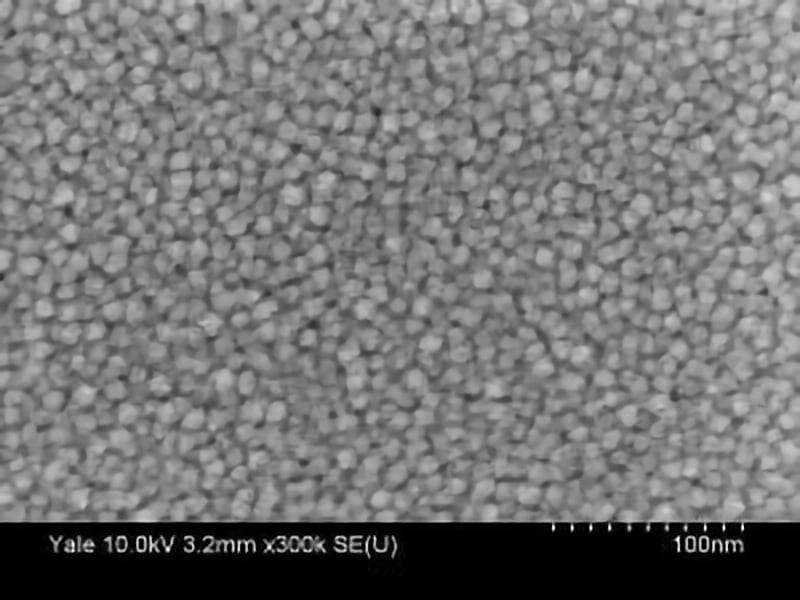
Each grain is about 10 nm, or a billion times smaller than a meter. About 50 such grains will be made to point in one direction to say that these make a 0, and in another direction to say that these represent 1.
Even though these things are circular grains, the reader on the hard drive sees them as nails made of magnetic material, pointing either upwards or downwards. If it detects a lot of nails pointing upwards, the reader can say, “I found a zero” to the computer. Similarly, if it sees them pointing downwards, it can say, “I found a 1”. These nails are systematically arranged on the drive, which represents trillions of bits. 8 of these bits make up one byte. Let’s say that we have a movie taking up 2GB of storage; it would be using 2 billion bytes.
A bit that the reader reads as either 0 or 1 is, at the physical level, a group of grains that point in the same magnetic direction, as shown in the figure below. When we need to store information on a hard disk drive, the directions in this group are changed, and when we delete information, a similar manipulation takes place.
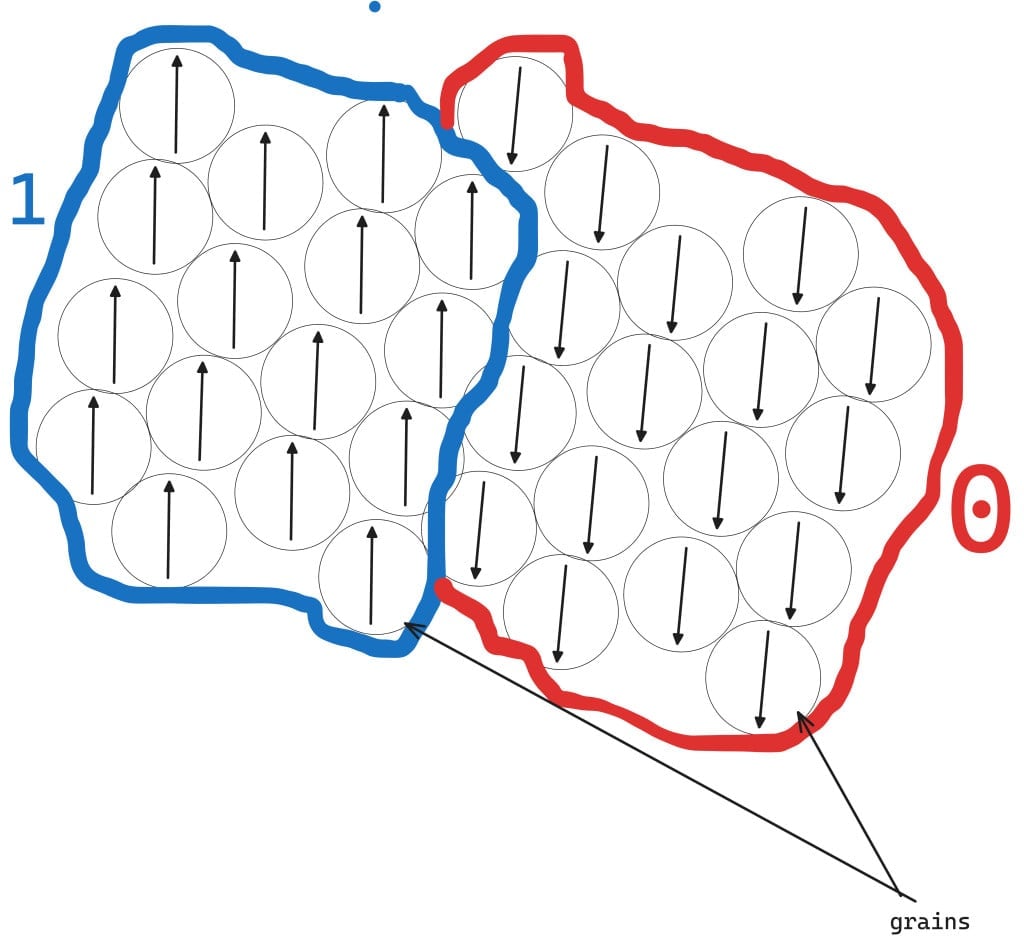
How Many Atoms Really Participate?
These days, hard disk drives require about a million atoms to store a bit, which means that the number of atoms required to store an entire movie is a million trillion. Although this is a large number, it is much smaller than what we found for paper. It is certainly more than one million times less heavy than paper, or else our laptops would have to be carried in trucks.
Future storage technologies in conventional computers aim to be as small as one bit per atom. We would measure the direction that a single atom points to indicate 0 or 1. The reader, instead of looking at a group of nails and pronouncing whether it found 0 or 1, would just look at one tiny nail and say, “Take 0, because this guy here says 0.” Even then, we would still require about 16 billion atoms to store a full-length movie.


